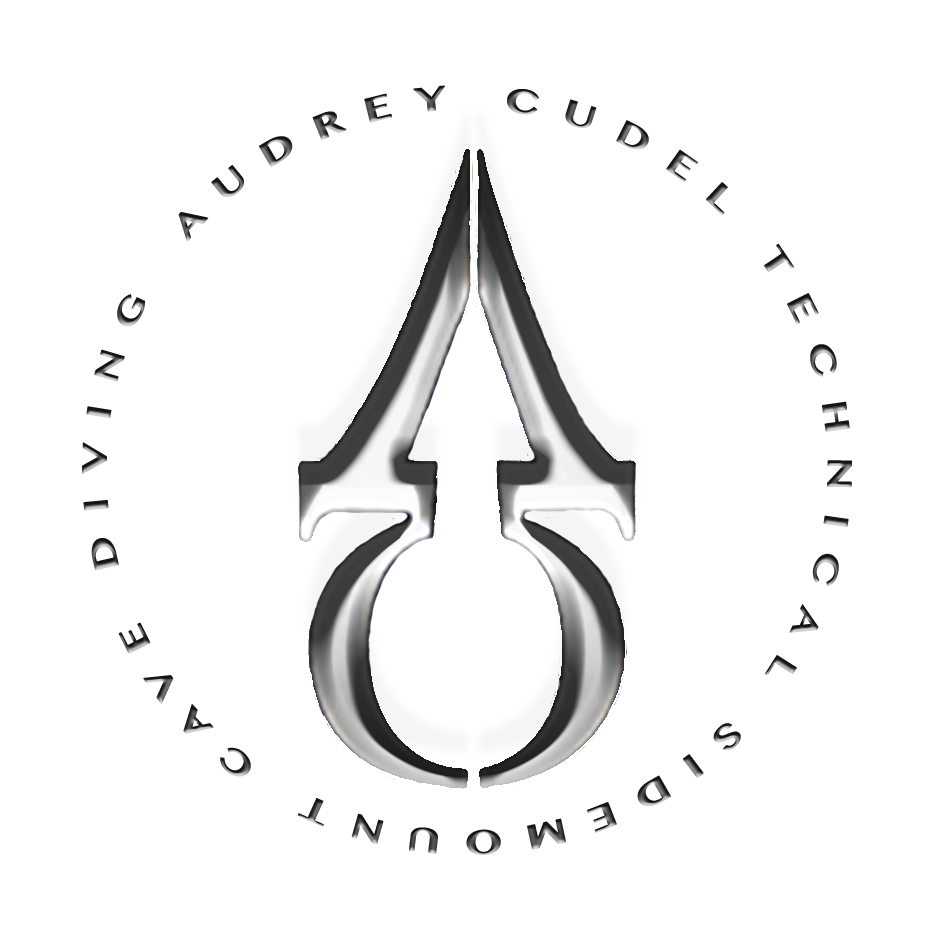EEZYCUT LINE CUTTER WITH FLEXI POUCH



EEZYCUT LINE CUTTER WITH FLEXI POUCH
The EEZYCUT was developed for divers, mariners, mountaineers, extreme sports adventurers and rescue service providers who demand a tool that delivers a swift, safe and efficient cut.
Coming in a flexible pouch it is easy to fix to your harness in positions where it does not entangle with cave lines.
The kit comes with 2 replacement blades.
HOW TO USE
The specially patented mechanism means that this unique tool requires different techniques to traditional products. This page should help you get the most out of the device.
Due to the TOLERANCES on the slot onto which the blade sits, it is impossible to get the blade to align exactly perfectly in the middle. As a result, the blade will tend to marginally lean to one side more than the other. The user can notice this at times, as the tool feels different cutting on one side than it does on the other.
HOW TO CUT LINE
The TRILOBITE is rated to cut line up to 8mm thick, but it can cut up to 12mm. The tool works at it’s best when there is tension on the line. The tool cuts excellently without tension, as can be seen in the video gallery, but the best results are achieved when the user puts tension on the line being cut.
The tool can be held with the index finger and thumb over the slot, or with the index finger extended over the front of the frame. BY HOLDING THE TOOL WITH THE INDEX FINGER OVER THE SLOT, THE TOOL IS CHANGED INTO A ONE-SIDED CUTTING TOOL. Which ever way you use it, be sure to not cut yourself on the blade. The blade is well protected from your hands, but it is not fool proof, and can easily cause injury if handled too clumsily. Be careful to not injure yourself returning the tool to it’s sheath. When the line is in the slot, just pull back at the elbow and watch it slice through.
HOW TO CUT THICKER LINE
The TRILOBITE is rated to effortlessly cut line up to 8mm. However, with the right techniques, it is easy to cut line up to 12mm.
HOW TO CUT WEBBING
The TRILOBITE is rated to cut webbing of all thicknesses. The tool works best when there is tension on the webbing.
To cut webbing optimally, there is a different cutting action to that required to cut line. For best results, extend your index finger over the front of the frame, as in the images below. While pulling back, with the webbing in the slot, push the front of the tool down with the index finger, like a hooking claw. The movement comes from the wrist. Try to get a cut on the webbing before it reaches the end of the arm.
HOW TO CHANGE THE BLADE
Use Nitrile gloves for protection. Unscrew the hex nuts. Open the tool at the front via the “pry hole”. Gently open the tool, including at the LOCATORS. Lift off the blade and dispose of it safely. Insert the new blade, and shut tight with the hex nuts. Push the tool together at the locators. You can either close the arms firmly with your fingers, or very gently with a set of pliers. Be careful not to over tighten, as the ends may incur slight fissures. While not being welcomed, if this does occur, it is in no way detrimental to the function of the tool.
